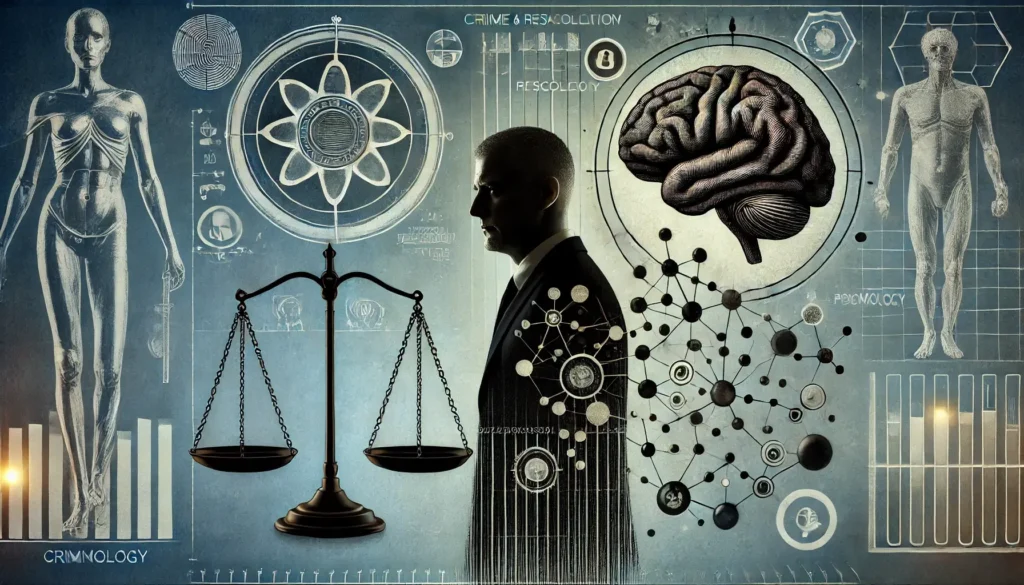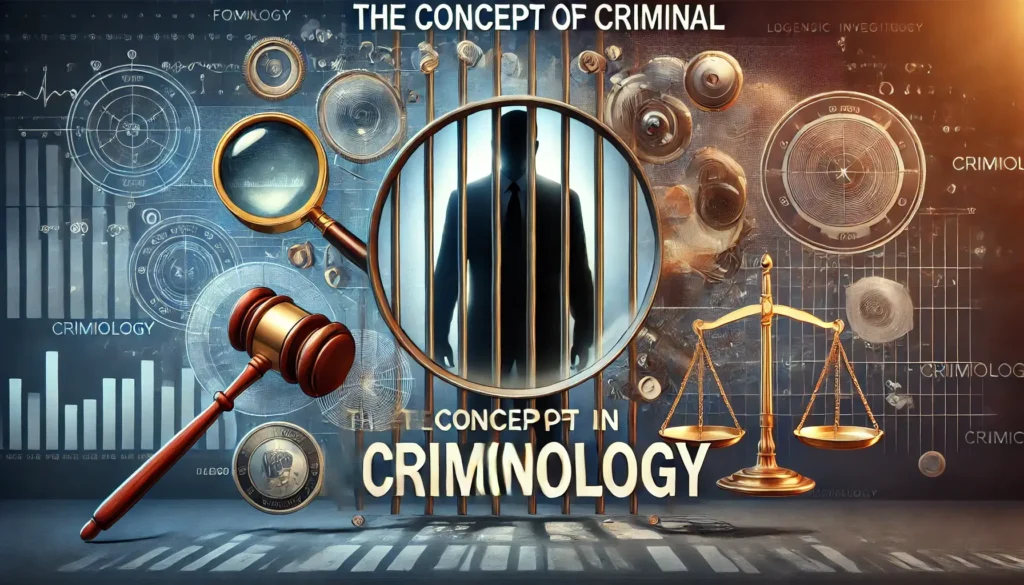The Stability of Criminal Status and the Condition of Abnormal Offenders: A Criminological Perspective
Introduction
The study of criminal behavior has long been a central focus of criminology, with researchers striving to understand the factors that contribute to criminality and its persistence. Among the most debated issues are the stability of criminal status over time and the distinct categorization of abnormal offenders who deviate significantly from societal norms. These topics raise fundamental questions about the nature of crime, the role of biology and environment, and the effectiveness of legal and rehabilitative measures.
This article explores the concept of the stability of criminal status, analyzing whether individuals labeled as criminals retain this identity throughout their lives or whether external influences can alter their trajectory. Additionally, it examines the condition of abnormal offenders, considering their psychological, biological, and sociological dimensions. The discussion integrates classical and modern criminological theories, empirical research, and policy implications.
The Stability of Criminal Status
One of the prevailing questions in criminology is whether criminality is a fixed characteristic or a fluid state influenced by external factors. The idea of the stability of criminal status suggests that once an individual engages in criminal behavior, they may be more likely to persist in such conduct due to structural, psychological, and societal reinforcements.
Theoretical Perspectives on Criminal Stability
Criminological theories provide varying explanations for the persistence of criminal behavior:
- Biological Determinism – Early criminologists like Cesare Lombroso suggested that criminals exhibit innate traits that predispose them to crime, reinforcing the idea of a stable criminal status.
- Social Learning Theory – Edwin Sutherland’s differential association theory posits that individuals learn criminal behavior from their environment, which means criminality may persist if reinforced by peers and social structures.
- Labeling Theory – Howard Becker’s labeling theory suggests that societal reactions to crime can lead to a self-fulfilling prophecy, wherein individuals internalize their criminal identity and continue offending.
- Life-Course Criminology – Scholars like Robert Sampson and John Laub argue that criminal behavior can change over time due to turning points such as employment, marriage, or rehabilitation programs.

Empirical Evidence on Criminal Persistence
Research supports the notion that criminal status can be stable but is not necessarily immutable. Longitudinal studies indicate that while some offenders persist in crime, others desist due to changes in personal circumstances, opportunities, or legal interventions. The key factors influencing criminal stability include:
- Recidivism Rates – Studies show that individuals with repeated offenses are more likely to continue criminal behavior, especially if they lack social support.
- Socioeconomic Factors – Poverty, lack of education, and unemployment contribute to sustained criminality.
- Psychological Factors – Mental health issues, substance abuse, and personality disorders can influence long-term criminal behavior.
The Condition of Abnormal Offenders
The classification of criminals into different categories has led to the identification of abnormal offenders, individuals whose criminal behavior deviates significantly from societal norms due to mental, psychological, or neurological conditions.
Defining Abnormal Offenders
Abnormal offenders are those whose crimes are influenced by underlying disorders or atypical psychological traits. These offenders are often studied in relation to:
- Psychopathy and Sociopathy – Individuals with antisocial personality disorder (ASPD) often exhibit a lack of empathy and impulsive behavior, making them more prone to violent crimes.
- Neurobiological Abnormalities – Brain scans of violent offenders reveal structural differences in the prefrontal cortex, which is associated with impulse control.
- Severe Mental Illness – Disorders such as schizophrenia or bipolar disorder have been linked to an increased risk of violent offenses, though most individuals with mental illness are not dangerous.
Legal and Policy Implications for Abnormal Offenders
The justice system has historically struggled with how to handle abnormal offenders. Some key issues include:
- Insanity Defense – The use of the insanity defense allows certain offenders to receive psychiatric treatment instead of traditional punishment.
- Prison vs. Rehabilitation – While some argue that abnormal offenders should be institutionalized rather than imprisoned, others advocate for targeted rehabilitation programs.
- Predictive Policing – Advances in neuroscience and behavioral psychology have led to discussions on risk assessments and early interventions for individuals predisposed to criminal behavior.

The Intersection of Criminal Stability and Abnormal Offenders
There is a significant overlap between the stability of criminal status and the condition of abnormal offenders. While not all abnormal offenders remain criminals, those with severe psychological disorders may have a higher likelihood of reoffending. Conversely, individuals without psychological abnormalities may still develop a stable criminal status due to external factors.
Conclusion
The stability of criminal status and the condition of abnormal offenders are critical topics in criminology, influencing how societies perceive crime and shape policies. While some individuals exhibit persistent criminal behavior, others change due to personal growth or interventions. Understanding abnormal offenders provides insight into crime prevention and rehabilitation strategies. Moving forward, a balanced approach integrating psychological support, social opportunities, and legal reforms will be essential in addressing these complex issues effectively.







